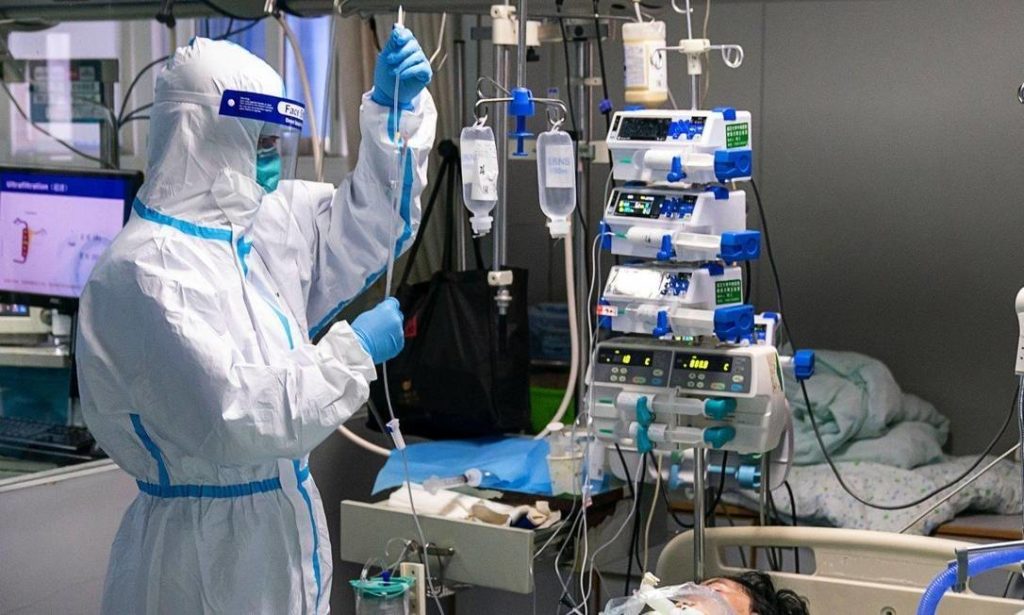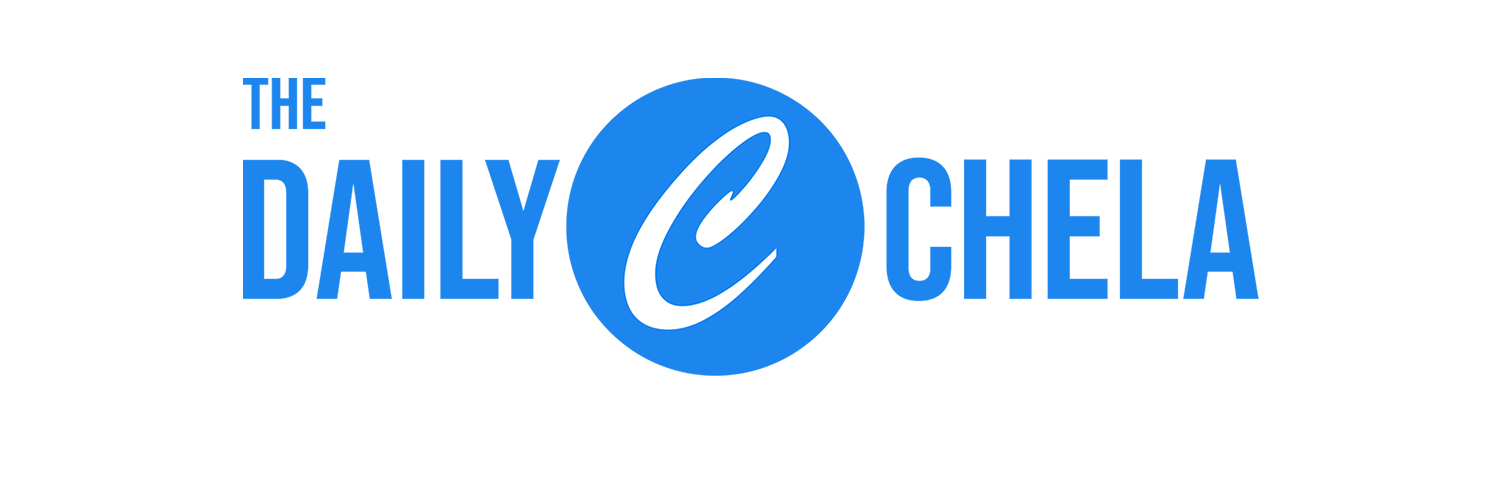As the coronavirus continues to scorch its way across the U.S. and nations throughout the world, the coronavirus pandemic is swiftly becoming one of the defining global missteps and challenges of the early 21st century.
As governments across the world continue to lock down cities and implement social distancing measures to slow the spread of the virus; in hopes of buying medical personnel precious time in an effort to try and prevent hospitals from being overwhelmed, the world in many ways has come to a halt as the virus continues its spread.
However, in the midst of the pandemic as the coronavirus advances across the globe, another outbreak has been quietly festering. Not a virological one, but one that involves disinformation and misinformation regarding the coronavirus itself.
Help support Latino Media. Subscribe for only $1.00 your first month.
Since gaining a foothold outside of China, misinformation regarding the coronavirus has exploded online amid the outbreak. In the wake of stay-at-home orders, non-essential business closures, economic turmoil and a botched federal response, people have turned to the internet in search of clarity and reassurance on things such as preventive measures, self-diagnoses, and information regarding the nature of the virus.
Amidst a sea of confusion, the planet is caught in what is possibly the deadliest information crisis that the world has ever faced.
While the world has weathered outbreaks, epidemics and even global pandemics before in the past, never before has the world faced one in the midst of a technologically advanced landscape like the one that we have today.
If you’ve spent even a little bit of time on the internet, chances are you’ve probably come across numerous examples of disinformation regarding the coronavirus. In fact, it’s one of the few things that might spread just as fast as the virus itself.

Some examples include claims that eating garlic or taking sips of water can prevent infection. Others however are more nefarious, with outrageous claims that the virus is actually caused by 5G Wi-Fi, that it originated in a laboratory as a bioweapon or that social distancing measures are being used to condition the public for martial law.
Of course, none of this is true. Despite what you might have heard on social media downplaying the pandemic’s severity, the coronavirus is very real. It’s not a figment of the public’s imagination. It’s not just another strain of the flu or the common cold. It’s not an escaped bioweapon, it’s not a hoax, and it’s not a ruse to institute any sort of social conditioning.
Statewide public safety and social distancing measures aren’t part of some covert plot to curtail civil liberties. What we are facing is a brand-new, dangerous virus that the world has never seen before, one that we know relatively little about and has quickly spread throughout the world. Thousands of people have died, millions are now jobless, and in the absence of clear facts, data and strong leadership from the federal government, misinformation and disinformation has quickly filled the void.
Misinformation, disinformation, and even conspiracy theories, of course, are nothing new. However, in an increasingly interconnected world, disinformation is increasingly being given a global audience with just a few clicks on a keyboard.
In the wake of the coronavirus’ spread in the U.S. and the federal government’s mismanagement of the crisis, a wave of misinformation, disinformation, and conspiracy theories have spread like wildfire online as panicked and fear-stricken people search for answers and clarity in a digital landscape rife with disinformation.
Help support Latino Media. Subscribe for only $1.00 your first month.
Often times with the help of social media platforms passed along through viral tweets, Facebook posts, Instagram videos, and across other platforms like a perverse game of telephone, disinformation can spread to hundreds of thousands or even millions in just a matter of hours.
In the past, misinformation and even disinformation has seldom been viewed as threat to the general public. However, disinformation in today’s climate can have the real potential to reap serious and even dangerous consequences. Especially that which leaves the realm of the internet and comes from places of authority such as the white house.
Since declaring the coronavirus pandemic a national emergency nearly a month ago, Donald Trump has repeatedly lied and misled the public about the coronavirus and the threat that it poses to public safety.
Some of Trump’s lies include statements such as claims that the virus would dissipate as warmer weather approaches, despite the fact that health experts have warned that it’s far too early to tell if the virus’ spread will slow in warmer conditions. Others claims include that pharmaceutical companies would be producing vaccines, despite the fact that Trump’s own experts have said a vaccine could take anywhere from a year to 18 months to produce.
They also include the claim that the FDA had approved the antimalarial drug chloroquine to treat COVID-19, despite the fact that as of now there are still no proven safe and effective therapies for the coronavirus.
This of course, is just a very small cross-section of the lies Donald Trump has told over the course the outbreak. Trump’s remarks and comments are not only disingenuous, they continue to be a dangerous hindrance to getting accurate information out to inform and protect the public. Imperiling countless lives of with every passing day.
Where the real harm lies is the fact that whether concocted online or coming from the white house; disinformation at a critical time like this ultimately muddies and obscures public discussions regarding public safety. Disinformation doesn’t just misinform or push an agenda, it effectively over time exhausts the public’s critical thinking on a mass level.
Disinformation not only obliterates truth, it destroys any sense of belief or confidence in the very concept of objective truth. Sowing seeds of uncertainty, ensuring that even when the truth is reported, it is swallowed up in a sea of half-truths and lies that feeds into a perpetual cycle of confusion and disillusionment.
Misinformation does more than just merely misinform, it destroys the institution of public consensus. And at a time when waiting days and even hours can make a difference, we desperately need public consensus regarding the facts and inherent dangers of the coronavirus.
There is a vast difference between cautious skepticism of developing stories and blindly parroting falsehoods megaphoned from the white house and factually bankrupt theories peddled online.
By in large most disinformation is scant in actual facts, evidence and seldom holds up under the pressure of principled, critical analysis. We cannot afford to perpetuate fallacies and lies that only contribute to furthering public confusion and ignorance regarding the coronavirus.
Disinformation does nothing to help public health and safety. If anything, it only creates more doubt and panic, squandering precious time and resources that could be better spent educating the public on the facts and ways they can protect themselves.
In a time where every day and hour counts, and lives literally hang in the balance, ultimately it starts with us holding ourselves responsible in not abetting the proliferation of disinformation that ultimately will only hinder public health efforts, whether that comes from the web or the president himself.
Get Columns Like This In Your Inbox
To receive weekly updates like this in your inbox, subscribe to The Daily Chela newsletter here.












